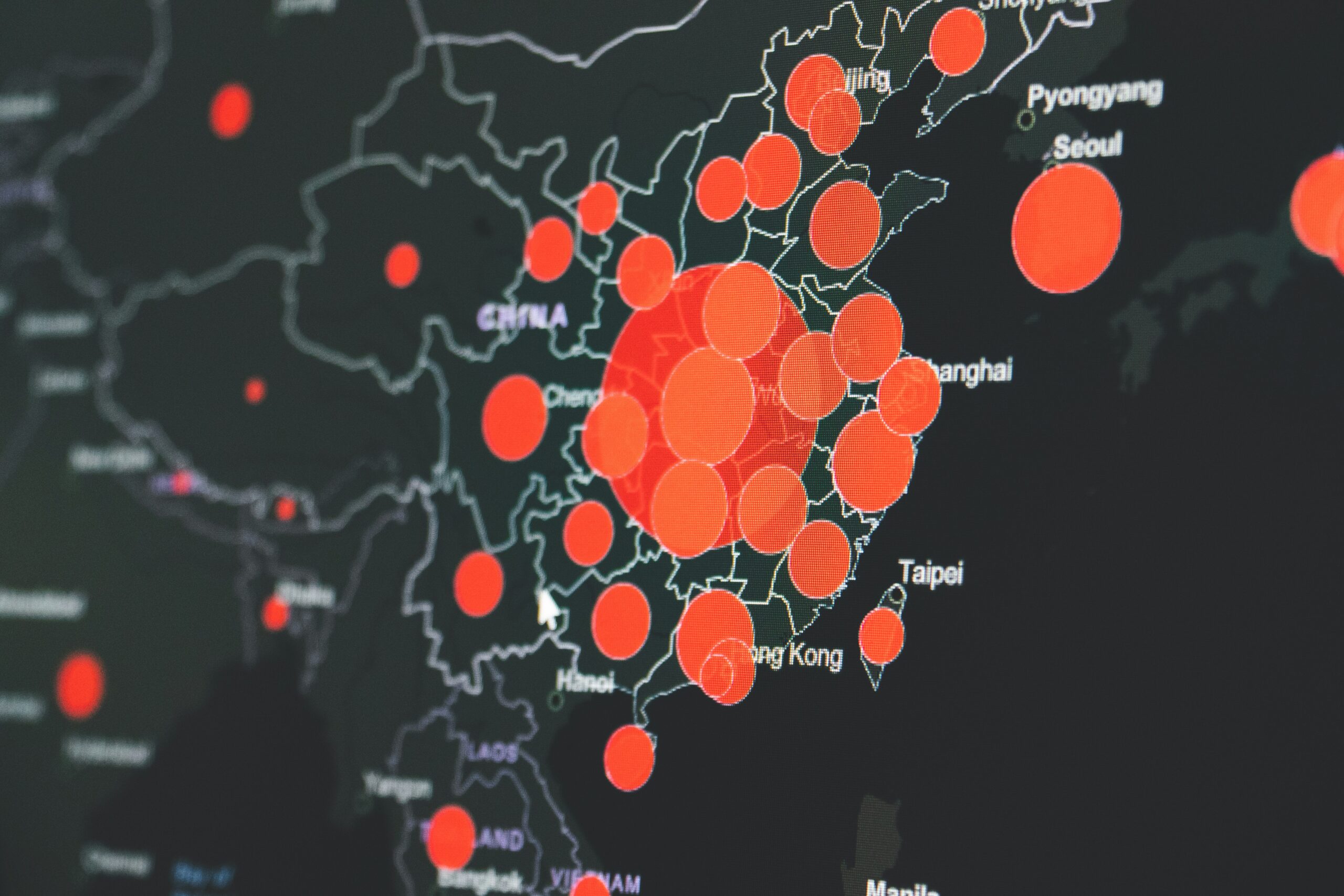In today’s highly competitive market, businesses are continuously seeking ways to enhance their products’ presentation and protection. A key aspect of this is box optimization – the practice of creating custom-fit boxes for different product sizes using innovative, lightweight materials and incorporating protective elements without adding bulk. This article explores the importance of box optimization and outlines the key strategies involved.
Understanding Box Optimization
Box optimization refers to the process of creating boxes that perfectly fit the dimensions of the product they are intended to hold. This involves considering various factors such as the shape, size, and weight of the product. By customizing the packaging to fit the specific product, businesses can minimize material waste, reduce shipping costs, and enhance the overall customer experience.
The Importance of Box Optimization
Box optimization offers several benefits for businesses. Firstly, it helps in maximizing storage space, both during transportation and in warehouses. By using boxes that are tailored to the product dimensions, businesses can optimize the use of available space, leading to cost savings and efficient logistics.
Imagine a warehouse where boxes of different sizes are stacked haphazardly, wasting valuable space. With box optimization, businesses can neatly arrange boxes, like puzzle pieces, ensuring every inch of space is utilized effectively. This not only improves the organization of the warehouse but also allows for increased storage capacity, reducing the need for additional storage facilities.
Secondly, box optimization contributes to improved product protection. Custom-fit boxes reduce the risk of damage during transit by minimizing movement and providing cushioning to delicate items. With the right packaging, businesses can reduce the incidence of product returns and enhance customer satisfaction.
Think about the frustration of receiving a package only to find the contents damaged due to poor packaging. By investing in box optimization, businesses can protect their products from the bumps and jostles of the shipping process. The added cushioning and secure fit ensure that the product arrives in pristine condition, leaving customers impressed and more likely to become repeat buyers.
Key Principles of Box Optimization
In order to achieve effective box optimization, businesses should adhere to a few key principles. Firstly, they must accurately measure the dimensions of their products to ensure a precise fit. Utilizing digital tools and technology, such as 3D scanning, can help gather accurate measurements and facilitate box customization.
Imagine a team of experts using state-of-the-art 3D scanning technology to capture every intricate detail of a product. This data is then used to create a box that fits like a glove, leaving no room for movement or potential damage. Accurate measurements are the foundation of successful box optimization, ensuring a seamless and secure packaging solution.
Businesses must consider the weight-bearing capacity of the box. This is particularly crucial for heavy or fragile items to ensure that the packaging can withstand the weight without compromising its structural integrity. By conducting thorough weight assessments, businesses can determine the appropriate thickness and strength of the box materials.
Imagine a box that collapses under the weight of its contents, causing a domino effect of damaged products. By carefully assessing the weight-bearing capacity, businesses can select materials that provide the necessary strength and durability. This ensures that the box remains intact throughout the entire journey, protecting the valuable contents within.
Businesses should prioritize sustainability when choosing materials for box optimization. The use of lightweight materials not only reduces the environmental footprint but also lowers transportation costs. Opting for eco-friendly options, such as recycled or biodegradable materials, aligns with consumers’ increasing demand for sustainable packaging solutions.
Picture a world where packaging materials are not only functional but also environmentally friendly. By embracing sustainable practices, businesses can contribute to a greener future while meeting the expectations of conscious consumers. From recycled cardboard to biodegradable foam inserts, the possibilities for sustainable box optimization are endless.
Custom-fit Boxes for Different Product Sizes
When it comes to box optimization, one size does not fit all. Custom-fit boxes tailored to different product sizes offer numerous advantages over standard-sized packaging options.
The Need for Custom-fit Boxes
Products come in all shapes and sizes, and using standard-sized boxes often results in wasted space and potential damage. Custom-fit boxes eliminate this issue by providing a snug fit, minimizing movement and enhancing product protection. This way, businesses can ensure that the product reaches the customer in pristine condition.
Process of Creating Custom-fit Boxes
The creation of custom-fit boxes involves a systematic process. It begins with accurately measuring the dimensions of the product. This can be achieved through manual measurements or advanced technologies like scanning and digital modeling.
Once the dimensions are obtained, businesses can design the box according to the specific requirements of the product. This includes considering necessary features such as flaps, inserts, or partitions to provide added protection and organization.
After the design phase, the boxes are manufactured using appropriate materials. Custom-fit boxes can be made from cardboard, corrugated fiberboard, or even plastic, depending on the product’s weight, fragility, and other factors. The use of durable and eco-friendly materials ensures that the packaging not only protects the product but also minimizes its impact on the environment.
Use of Innovative, Lightweight Materials
Advancements in packaging technology have introduced a wide range of innovative, lightweight materials that are ideal for box optimization.
Exploring Innovative Materials for Box Making
Polymers, foams, and honeycomb structures are some of the innovative materials used in modern packaging. These materials possess excellent shock-absorbing properties, effectively protecting fragile items. Additionally, they are lightweight, contributing to cost savings during transportation.
Another material gaining popularity is bioplastics, which are derived from renewable sources such as corn or sugarcane. Bioplastics offer similar durability and protection as traditional plastics but with the added benefit of being more environmentally friendly.
Benefits of Lightweight Materials in Packaging
Using lightweight materials for box optimization brings numerous benefits to businesses. Firstly, it reduces shipping costs by decreasing the overall weight of the package. This can lead to significant savings, especially for businesses that ship large volumes of products.
Additionally, the use of lightweight materials contributes to overall sustainability efforts. By reducing the environmental impact associated with transportation, businesses can align their brand values with the growing consumer demand for eco-friendly practices.
Incorporating Protective Elements without Adding Bulk
Ensuring product protection is a top priority for businesses. However, this shouldn’t come at the expense of adding unnecessary bulk to the packaging. There are several strategies that businesses can utilize to achieve the delicate balance of adequate protection and minimal bulk.
Importance of Protective Elements in Packaging
Protective elements play a vital role in safeguarding products during transit. Various elements, such as cushioning materials, dividers, or inserts, can be incorporated into the packaging design to effectively absorb shocks and prevent product damage. By carefully considering the vulnerability of the product and designing the box accordingly, businesses can enhance the overall safety and durability of the packaging.
Strategies for Incorporating Protection without Extra Bulk
To achieve effective protection without adding bulk to the packaging, businesses can adopt several strategies. One common method is the use of air cushions or bubble wrap, which provide excellent cushioning properties without significantly increasing the overall size of the package.
Custom-fit inserts or dividers can be designed to fit snugly within the box, enabling the separation of different components or preventing items from colliding during transportation. These inserts effectively distribute the weight and absorb shocks, ensuring the product remains secure without adding unnecessary bulk.
Businesses can explore the integration of smart packaging technologies. For instance, using sensors or indicators that detect impacts or changes in temperature can provide real-time information about potential damage to the product. This allows for prompt corrective actions, minimizing the risk of more extensive damage during transit.
In conclusion, employing strategies for box optimization, custom-fit boxes, the use of innovative, lightweight materials, and incorporating protective elements without adding bulk is crucial in achieving both cost-effective and sustainable packaging solutions. By understanding the importance of box optimization, considering custom-fit boxes for different product sizes, exploring innovative materials, and implementing effective protective elements, businesses can enhance their product presentation, protection, and customer satisfaction while also minimizing their environmental footprint.
Ready to elevate your brand’s packaging strategy and optimize your cost of goods sold? Join the Sourcify family and tap into our global network of over 3,000 factories. With offices in key manufacturing regions like China, Vietnam, India, and Pakistan, we’re committed to enhancing your lead times, quality control, and margins. Don’t miss out on the latest insights and opportunities that can transform your sourcing process. Subscribe to our newsletter today and take the first step towards smarter, more sustainable packaging solutions with Sourcify.




